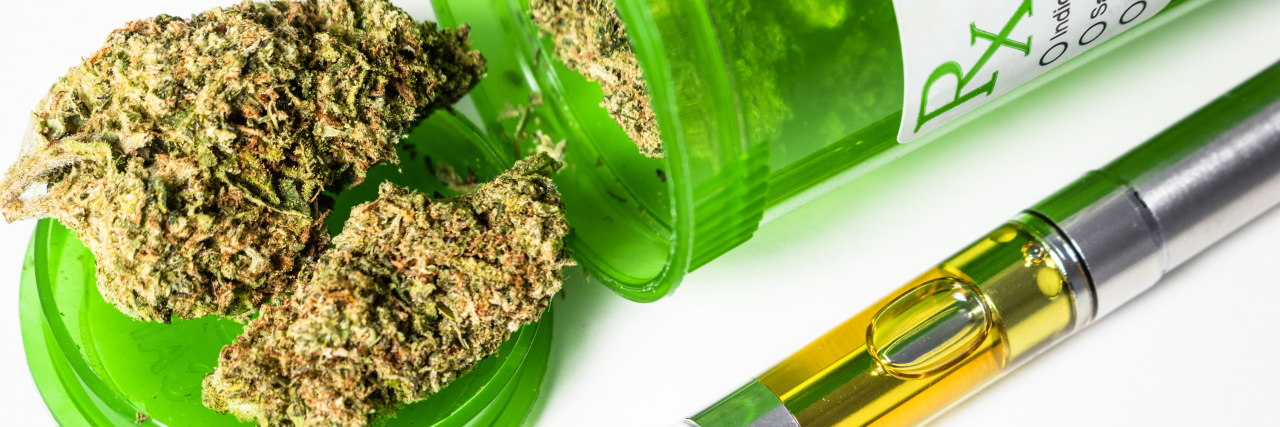How to Choose the Right Medical Cannabis Ingestion Method for Your Needs
Editor's Note
Any medical information included is based on a personal experience. For questions or concerns regarding health, please consult a doctor or medical professional.
Countries around the world are starting to ease restrictions on cannabis access, including here in the United States. Thankfully our citizens are uniting to push state legislation through, albeit in tiny increments. This revolution has been brought to you by success stories like Charlotte Figi, SuperNova, and Coltyn Turner.
All these years we’ve been taught that marijuana was evil, dangerous and highly addictive. Some of us vividly remember the egg and frying pan and “Just Say No” public health campaigns. Contrary to the teachings of the 1980s, marijuana has proven to have therapeutic potential, causing growing numbers of patients to consider adding cannabis into their therapy plans. The toothpaste is out of the tube and it sure ain’t going back in.
Unfortunately, most have only ever experienced cannabis in a recreational setting with few legal options for access. The bleary-eyed stoner with the joint hanging out of their mouth doesn’t represent patients. Heck, it doesn’t even represent most recreational cannabis users. Many adult consumers are leaders of extremely prosperous companies or entrepreneurs.
For patients, therapeutic cannabis more closely resembles medical protocol. Consistent dosing is needed. Access to affordable and tested cannabis is essential. The patient will have to become an amateur scientist simply because of how our government chooses to handle cannabis research. Connecting with other patients using cannabis therapeutically can be the best guide you have. Doctors have legal restrictions and liabilities and often refrain from providing dosing/strain guidelines, although some do help. Those are rare.
These programs are still in their infancy, and everyone is trying to figure out how to navigate between research, laws and industry-building. For instance, patients in New York and Florida don’t have affordable access to what cannabis has to offer. It is cost prohibitive and offers very little variety. Near monopolistic models of “legalization,” medical or recreational, often over-regulate and cause the cost of therapy to be out of reach.
There are so many different types of cannabis products, so what are they for? Here are some basics I learned trying to muddle through.
1. Inhaled – is typically used for acute symptoms and symptom management, so think immediate release therapy. It can be extremely helpful with nausea, spasms, headaches, and other symptoms needing quick attention. Using an inhaled method while waiting for an edible to take effect can help ease symptoms faster. For example, Mimi Friedman, an achalasia patient, uses concentrates (concentrates are for experienced cannabis users) to relax her throat muscles. This allows her to immediately eat and get as much food down as possible.
2. Ingested — cannabis is used primarily for stronger pain and chronic illness management. Oral cannabis is more like an extended-release therapy and lasts longer with stronger effects. Autoimmune disease patients like Coltyn Turner use ingested cannabis to help manage symptoms of their illnesses. But just like any other therapy, understand that symptoms return once the therapy is stopped. Start low and slow as a rule, less than 5mg as a first dose, just to see how you react.
3. Topicals — are used by many patients for muscle and joint pains, skin issues, and to help layer your therapy to increase dosing. Topicals usually contain essential oils and are made for different reasons. Some are warming, while others cooling, and exponential combinations exist. Be sure to target your symptoms by learning basic cannabinoids and terpenes.
4. And more! Suppositories/inhalers/nasal sprays can be helpful when larger dosing is needed, or other methods are not practical. Nasal sprays are commonly used as rescue dosing for epilepsy. Patches, suppositories and inhalers are also becoming increasingly popular therapy methods.
Getty image by High Grade Roots.

